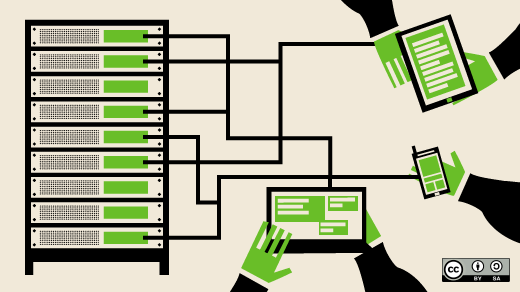Cockpit is a service for Linux that provides a web-based interface for managing and monitoring hosts. It can be deployed in any size organization, even a small office, and it’s a great way for home users to maintain the family IT infrastructure. I use it to manage and monitor all of the computers in my house—including Raspberry Pi. Cockpit is a free and open source software project released under the LGPL v2.1+. It is sponsored by Red Hat and included in Red Hat Enterprise Linux as the RHEL Web Console.
Source: How I use Cockpit for my home’s Linux server management


